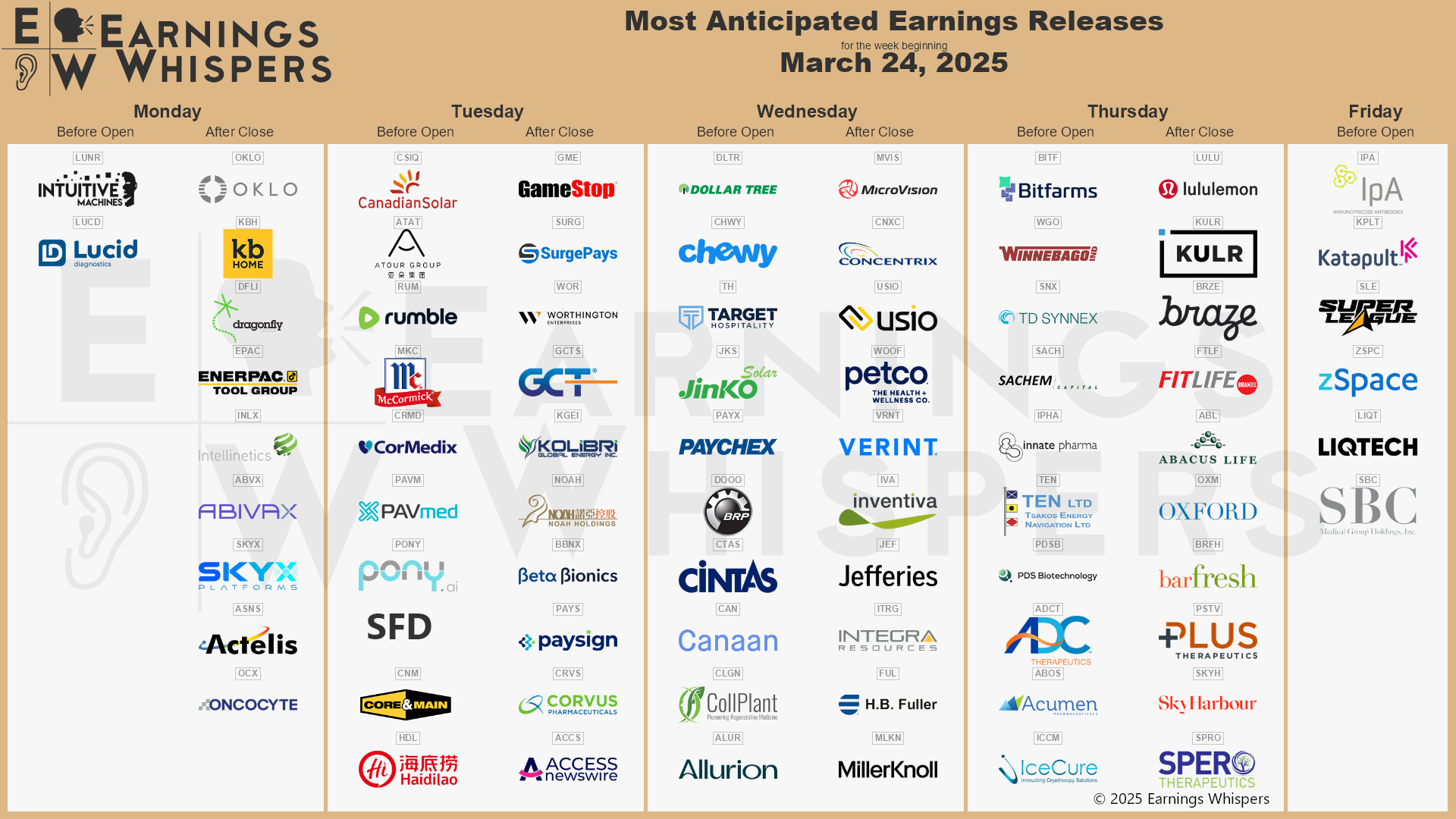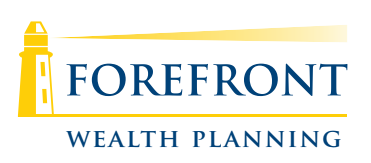What Does “Enough” Look Like for You?
(Hint: It’s Not on Instagram)
The other day, I saw an ad for a cruise line that promised “more.” More restaurants. More shows. More pools. More fun. They must’ve said “more” more times than my kids say, “What’s for dinner?” (which, for the record, is always after they’ve ignored the food in front of them).
It hit me how deeply ingrained this idea is in our culture—that more equals better. We’re sold this message constantly. More money. More house. More luxury. More “stuff.” It’s almost never about enough.
And yet, in nearly every financial planning conversation I have, the turning point—the moment when real clarity sets in—is when someone takes a breath and says,
“I guess I never really thought about what enough looks like for me.”
The Problem With “More”
Let’s call it what it is: we’re on the hedonic treadmill. We chase something, reach it, and immediately reset the target. New salary? Great. Now we want a new car. New car? Cool, but have you seen your neighbor’s new electric SUV with massage seats?
This is what Morgan Housel calls out in The Psychology of Money:
“The hardest financial skill is getting the goalpost to stop moving.”
Why? Because we don’t define “enough”—we just define “more.”
And the world doesn’t help. According to a 2024 survey, Australians are spending over $4.1 billion more than they can afford just to keep up appearances. Big-ticket items. Lavish vacations. Designer everything. And you better believe we’re not immune to this in the U.S., either.
Add to that the fact that Gen Z believes they need $500,000 a year to feel “financially successful,” according to a recent MarketWatch report. I’m not knocking ambition—but half a million just to feel successful? That’s a recipe for burnout.
Housel said it best:
“There is no reason to risk what you have and need for what you don’t have and don’t need.”
Yet that’s exactly what happens when we measure ourselves by what others have.
So How Do You Figure Out What’s “Enough”?
I’m glad you asked. Here’s the framework I walk clients through to get out of the cycle of more and start building a life that’s aligned with their values—not someone else’s highlight reel.
1. Start with Core Values
What truly matters to you? Not what sounds good at a dinner party, but what really drives your decisions? Time with family? Freedom to travel? Community impact? Simplicity?
Once you identify your values, money becomes a tool—not a scoreboard.
2. Define Your Ideal Lifestyle
This is where we get real. Not dream-home-on-a-private-island stuff. I’m talking:
• Where do you want to live?
• What kind of work-life balance do you want?
• How often do you want to travel?
• What kind of car gets the job done without making you feel like a valet at a luxury resort?
Assign real numbers to this. Build your budget around it. The goal isn’t to limit your lifestyle—it’s to design one that fits you.
3. Stress-Test Your “Enough”
What happens if the market dips? If inflation sticks around longer than we’d like? Can your “enough” lifestyle withstand that?
This is where a solid financial plan comes in—one that includes buffers, margin for error, and contingencies. Because financial confidence doesn’t come from a number—it comes from knowing you can adapt.
4. Revisit and Recalibrate
Life changes. Maybe your kids grow up, or your career shifts, or you realize hiking in the Andes isn’t actually your thing. That’s okay.
You don’t need to carve “enough” into a stone tablet. You just need to revisit it regularly—preferably with someone who won’t let you BS yourself.
The Payoff
When you know what enough looks like, you stop reacting to every shiny object. You stop comparing your life to people who don’t share your values—or your bank account.
You make decisions with intention. You allocate money to things that matter. You say “no” with confidence and “yes” without guilt.
You stop moving the goalposts.
And you start making progress.
Because financial success isn’t about having the most.
It’s about having enough—and knowing it.
If you’re tired of chasing more and ready to define what enough looks like for you, let’s talk. Whether you’re building wealth or trying to make it serve your life better, defining your version of enough is the first—and most important—step.
Let’s build a plan around your life, not someone else’s.
Stock market calendar this week:
| Time (ET) | Report |
| MONDAY, MARCH 24 | |
| 9:45 AM | S&P flash U.S. services PMI |
| 9:45 AM | S&P flash U.S. manufacturing PMI |
| 1:45 PM | Atlanta Fed President Raphael Bostic speaks |
| 3:10 PM | Fed Governor Michael Barr speaks |
| TUESDAY, MARCH 25 | |
| 8:40 AM | Fed Governor Adriana Kugler speaks |
| 9:00 AM | S&P Case-Shiller home price index (20 cities) |
| 9:05 AM | New York Fed President John Williams opening remarks |
| 10:00 AM | Consumer confidence |
| 10:00 AM | New home sales |
| WEDNESDAY, MARCH 26 | |
| 8:30 AM | Durable-goods orders |
| 8:30 AM | Durable-goods minus transportation |
| 10:00 AM | Minneapolis Fed President Neel Kashkari speaks |
| 1:10 PM | St. Louis Fed President Alberto Musalem speaks |
| THURSDAY, MARCH 27 | |
| 8:30 AM | Initial jobless claims |
| 8:30 AM | GDP (second revision) |
| 8:30 AM | Advanced U.S. trade balance in goods |
| 8:30 AM | Advanced retail inventories |
| 8:30 AM | Advanced wholesale inventories |
| 10:00 AM | Pending home sales |
| 4:30 PM | Richmond Fed President Tom Barkin speaks |
| FRIDAY, MARCH 28 | |
| 8:30 AM | Personal income |
| 8:30 AM | Personal spending |
| 8:30 AM | PCE index |
| 8:30 AM | PCE (year-over-year) |
| 8:30 AM | Core PCE index |
| 8:30 AM | Core PCE (year-over-year) |
| 10:00 AM | Consumer sentiment (final) |
| 12:15 PM | Fed Governor Michael Barr speaks |
| 3:30 PM | Atlanta Fed President Raphael Bostic speaks |
Most anticipated earnings for this week

Did you miss our last blog:
Investors Aren’t Rewarded for Predictions – They’re Rewarded for Preparation
About Amit: I am a first generation American, the son of a working-class Indian family, and I lived through my parents’ struggle to find their place in this country, to put down roots that would sustain them as well as their children in a new land. As they encouraged me to excel in school and fostered my hobbies and interests, I was keenly aware of the dynamic between them. I understood that there was a difference between where they came from individually and where we were now. They worked hard in their individual capacities, but they weren’t always on the same page about financial issues – and that can make or break a family’s future. I didn’t know it at the time, but this laid the groundwork for my passion towards financial services and helping families succeed.

